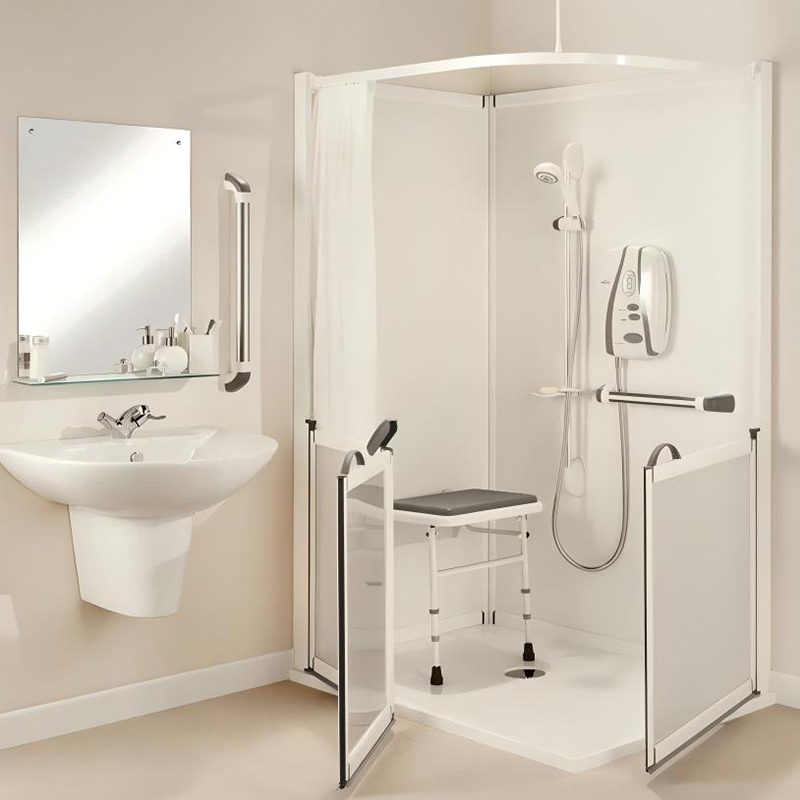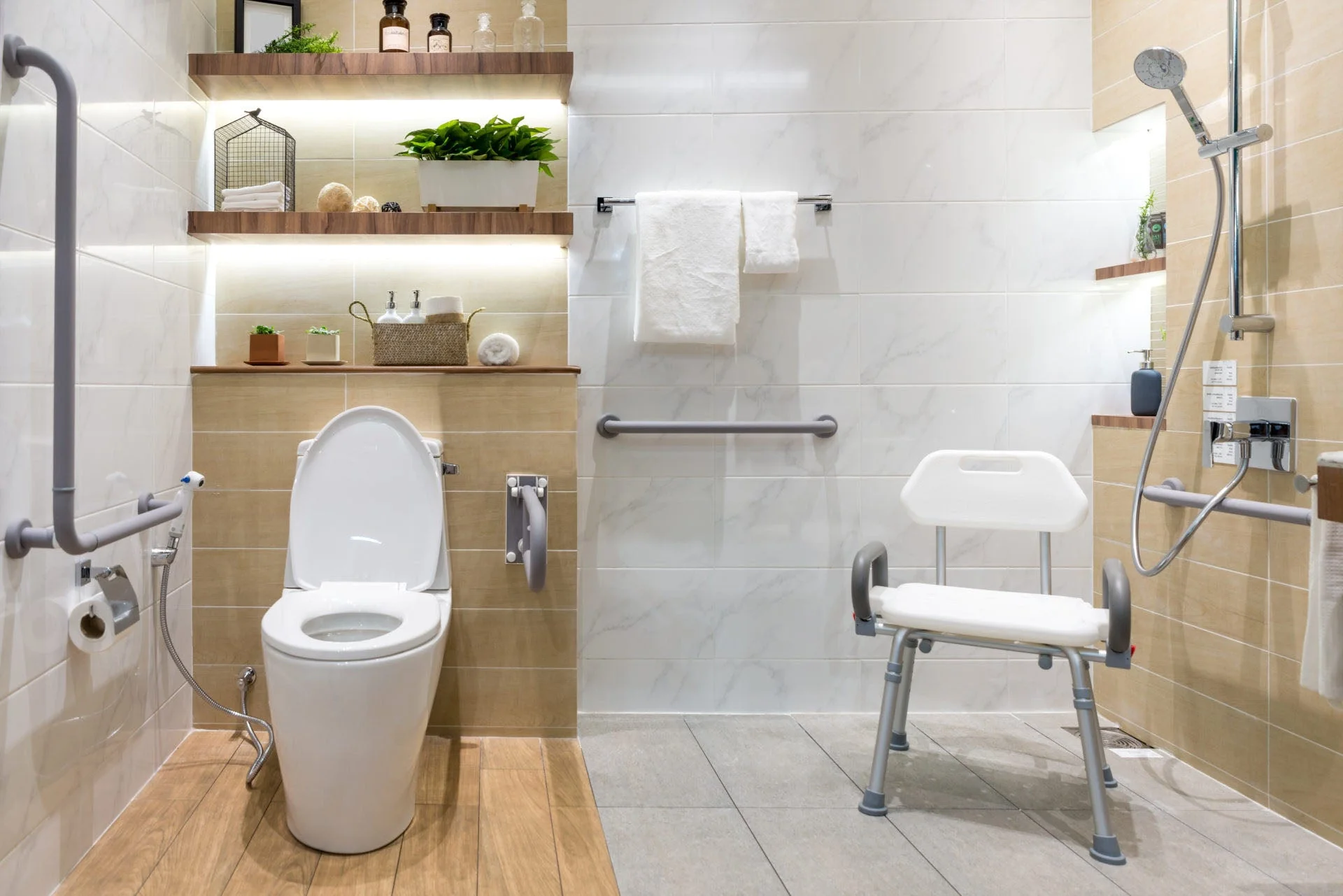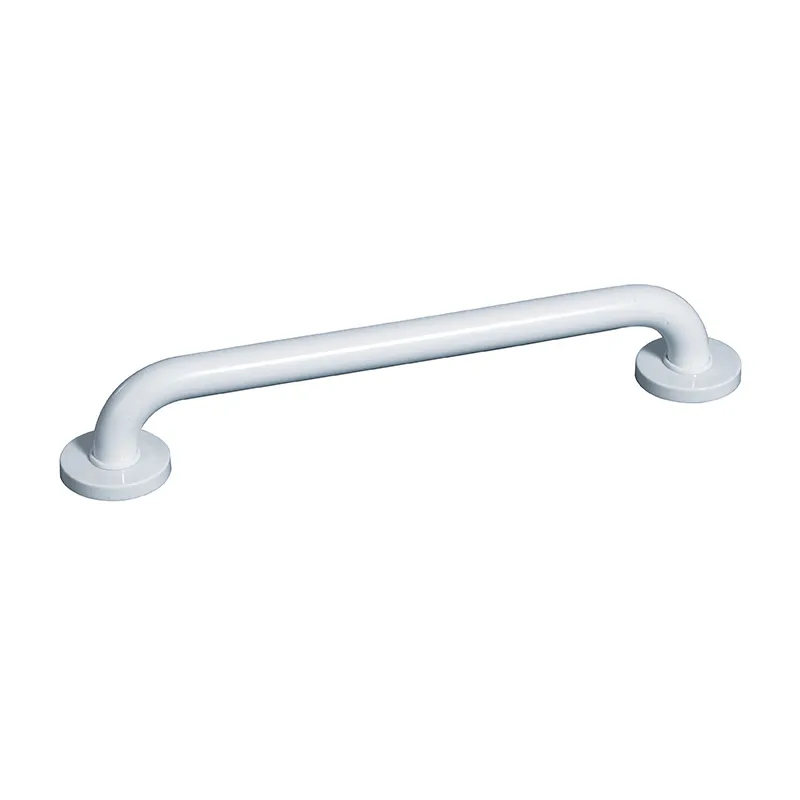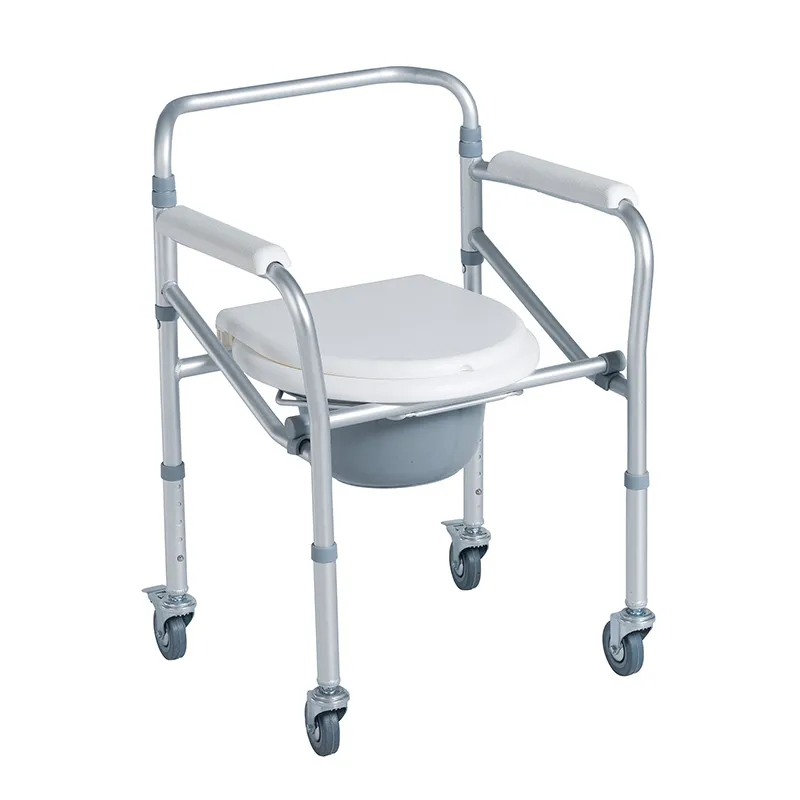
How to Design a Bathroom for the Elderly?
2024-09-09 15:30

In home design, the bathroom is an important functional area, especially for the elderly, the safety and comfort of the bathroom are even more important. As they age, the elderly face more challenges in physical function, such as weakened sense of balance and inconvenience in movement.
Therefore, designing a bathroom that meets the special needs of the elderly can not only improve their quality of life, but also prevent unnecessary accidents. This article will explore how to design a safe and convenient bathroom for the elderly from multiple perspectives.
What Is the Starting Point for Designing a Bathroom for the Elderly?
The first starting point for designing a bathroom for the elderly is safety. Data shows that millions of elderly people fall at home every year around the world, and many of these accidents occur in the bathroom. The particularity of the bathroom environment - slippery floors, narrow spaces, and uneven surfaces - makes it a high-incidence location for accidents. Therefore, when designing a bathroom for the elderly, we must start from their physical condition, mobility, and daily habits to minimize possible risks.
The second is convenience. The elderly often need more support and help in their daily lives, especially in activities such as going to the toilet and bathing. Therefore, the design of the bathroom should not only consider their safety, but also try to increase their independence and reduce their dependence on others.
Finally, comfort is also a factor that cannot be ignored. The skin of the elderly is more sensitive and their perception of temperature is also weakened, so the bathroom environment should be as comfortable and warm as possible to reduce any discomfort.

What Size Is the Bathroom Door Designed for?
When designing a bathroom for the elderly, the size of the bathroom door is an issue that must be seriously considered, especially when the elderly need to use a wheelchair or walker. Standard residential doors are usually around 30 inches (about 76 cm) wide, but this may be too narrow for a wheelchair. To ensure that a wheelchair can enter and exit the bathroom smoothly, it is recommended to design the bathroom door to be at least 32 inches (about 81 cm) wide, and 36 inches (about 91 cm) is more ideal if possible. This not only facilitates wheelchair access, but also makes it easier for the elderly who use walkers to pass through.
In addition, a smooth threshold-free design is also an important consideration. Traditional bathroom doors often have a small threshold, which is a potential tripping risk for the elderly. By using a threshold-free design, not only can this risk be reduced, but it can also better accommodate the needs of wheelchair access.
Sliding doors or double doors are also design options worth considering. Sliding doors save space and are easier to operate, especially for the elderly, while double doors provide a wider opening width, making it easier for wheelchairs or walkers to pass through.
Use a Walk-in Bathtub (Reduce the Risk of Slips and Falls)
Bathtime is part of the daily life of the elderly, but the high edges and slippery surfaces of traditional bathtubs make it difficult or even dangerous to get in and out. Walk-in bathtubs have become an ideal choice for many elderly families due to their low threshold and safe design.
Pros of Walk-in Bathtubs:
● Reduced risk of falls: The threshold of a walk-in bathtub is usually only a few inches high, which significantly reduces the risk of falls when the elderly enter and exit the bathtub compared to traditional bathtubs that require raising legs to cross the edge.
● Built-in seat: Most walk-in bathtubs come with built-in seats that allow users to sit instead of standing while bathing. This is especially important for elderly people with poor balance or weak physical strength.
● Anti-slip surface: The bottom of a walk-in bathtub is usually made of anti-slip material, which can effectively reduce falls caused by slippery floors.
● Safety handrails: Walk-in bathtubs are usually equipped with handrails inside and outside to facilitate the elderly to grasp when entering, exiting or standing, and increase stability.
In addition, the temperature control system is also an important configuration in walk-in bathtubs. The skin of the elderly is more sensitive to temperature changes, and sudden temperature fluctuations may cause discomfort or even burns. Therefore, choosing a walk-in bathtub with constant temperature control can ensure that the water temperature is always in a comfortable range.
Although walk-in bathtubs perform well in terms of safety, they are relatively expensive and the installation process is also complicated. Therefore, budget and space conditions should be fully considered when choosing a walk-in bathtub.
Use Non-Slip Flooring
Non-slip flooring is an essential element in any bathroom designed for the elderly. Traditional bathroom floors are very slippery in wet conditions, which is a serious safety hazard for the elderly with reduced balance ability. Using special non-slip flooring can effectively reduce this risk and provide a safer environment for the elderly.
Choice of Non-Slip Flooring Materials:
● Non-slip tiles: Non-slip tiles are a common choice. The surface of this tile is usually specially treated with strong friction and can remain stable even when wet. Anti-slip tiles come in a variety of colors and styles, and can be selected according to the preferences of the elderly.
● Rubber flooring: Rubber flooring is another ideal choice due to its softness and anti-slip properties. This material not only provides good anti-slip effect, but also reduces the impact force when falling, reducing the risk of injury.
● Anti-slip mats: For families who do not plan to replace the floor, anti-slip mats are an affordable solution. Anti-slip mats can be placed in key areas of the bathroom (such as the shower area and in front of the sink), which can effectively reduce the possibility of slipping. Anti-slip mats should be cleaned and replaced regularly to ensure their anti-slip effect.
● Micro-textured flooring: Some floor materials have subtle texture designs, which increase the friction of the surface and provide additional anti-slip protection. Micro-textured flooring is not only superior in function, but also has a modern aesthetic, making it a good choice that takes into account both practicality and aesthetics.
Installation and Maintenance of Anti-Slip Flooring:
● Correct installation: The installation quality of anti-slip flooring directly affects its anti-slip effect. Make sure that the floor is flat and firm during installation to avoid safety hazards caused by loose or uneven floors.
● Regular maintenance: Anti-slip floors should be cleaned and maintained regularly to prevent the accumulation of dirt and soap residue, which may reduce the anti-slip properties of the floor. In addition, regularly check the floor for wear or damage, and repair or replace it if necessary.
Install Bathroom Grab Bars
Bathroom grab bars are another key component to ensure the safety of the elderly bathroom. Grab bars not only help the elderly maintain balance when moving, but also provide support when standing and sitting, reducing the risk of slips and falls.
Best Places to Install Grab Bars:
● Shower area: Install grab bars in the shower area so that the elderly can grab the grab bars when standing in the shower to prevent losing balance. In addition, grab bars can also provide necessary support when the elderly need to stand up from a sitting position.
● Both sides of the toilet: Grab bars on both sides of the toilet are essential for the safety of the elderly when using the toilet. Grab bars can help the elderly sit and stand up safely, reducing the risk of falls caused by lack of strength or poor balance.
● Bathtub edge: If you use a traditional bathtub at home, installing grab bars on the edge of the bathtub can help the elderly get in and out of the bathtub more easily. Considering that the design of walk-in bathtubs already includes this feature, the handrails of traditional bathtubs are more suitable for use in bathroom renovations for the elderly.
Types and Material Selection of Handrails:
● Stainless steel handrails: Stainless steel handrails are widely used in bathrooms due to their durability and corrosion resistance. They can withstand heavy weights and are easy to clean, suitable for humid environments.
● Plastic or nylon coated handrails: The surface of such handrails is usually covered with a layer of soft material, which increases the comfort of grip. They are warmer to the touch and suitable for elderly people with more sensitive skin.
● Adjustable handrails: Some handrails can be adjusted in height or angle according to the needs of the user, providing more personalized support for elderly people of different heights and usage habits.
When installing handrails, it is very important to ensure that they can withstand a certain amount of weight and are firmly fixed to the wall. Incorrectly installed or unstable handrails not only fail to provide effective support, but may also cause accidents at critical moments.

Installing a Toilet
Toilet design plays a vital role in the bathroom of the elderly. When the elderly's mobility decreases, it will also be more difficult to use the toilet. To ensure the safety and comfort of the elderly when using the toilet, it is very important to choose the right toilet design and bedside toilet.
Raised Toilet Seat:
The traditional toilet seat is low in height, which may make it difficult for the elderly to sit down and stand up. To reduce these difficulties, you can choose a raised toilet seat. This seat can increase the height of the toilet, usually by 2 to 4 inches, making it easier for the elderly to sit down from a standing position and stand up from a sitting position. The raised toilet seat can be installed directly on the existing toilet and is relatively affordable, making it a convenient modification measure.
Bedside Toilet:
For elderly people with extremely limited mobility, especially those who are bedridden or frequently use the toilet at night, bedside toilets are an ideal solution. Bedside toilets are placed next to the bed, reducing the risk of falls caused by long-distance walking. Bedside toilets are usually designed to be easy to clean and move, and are equipped with handrails for the convenience of elderly people.
Smart Toilet Lid:
Modern smart toilet lids offer many convenient features, such as automatic heated seats, warm water washing, warm air drying, etc. For the elderly, these features not only improve comfort, but also reduce the physical burden caused by wiping and reduce the risk of infection.

Summary
Designing a bathroom suitable for the elderly requires meticulous consideration, from the width of the door to the anti-slip property of the floor, every detail is related to the safety and comfort of the elderly. By using walk-in bathtubs, anti-slip floors, handrails and suitable toilet designs, you can create a safer and more convenient bathroom environment.
Whether it is the elderly who live independently or the elderly who need assistance from others, these design solutions can effectively improve their quality of life and provide them with a more comfortable living space.








